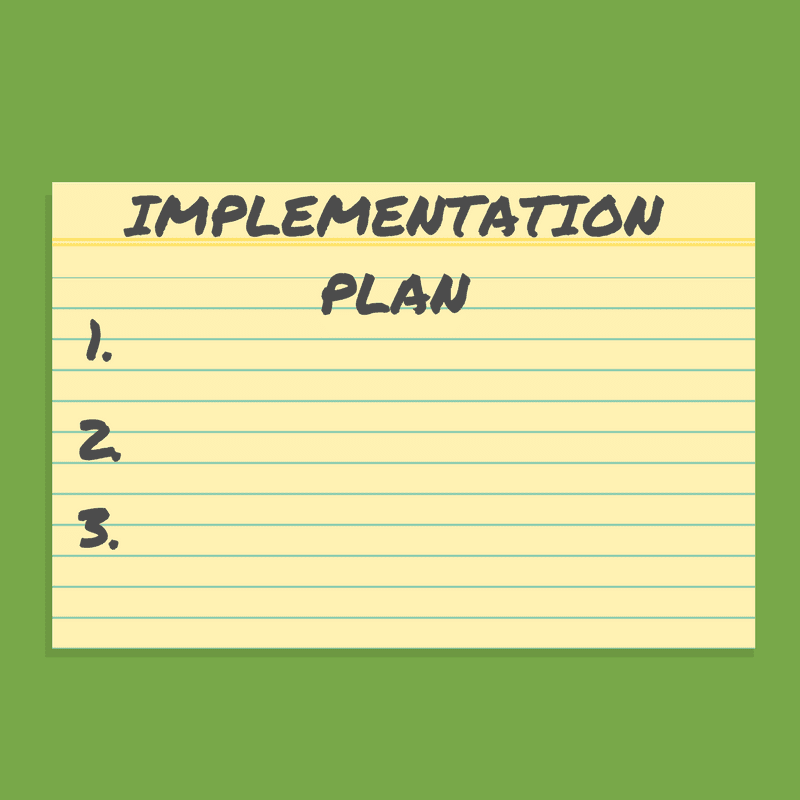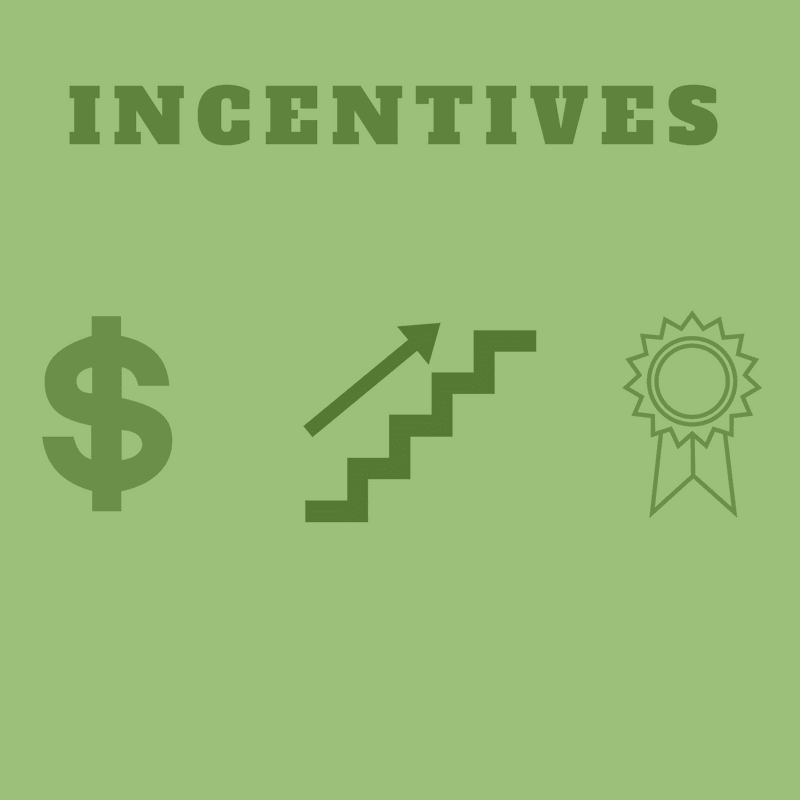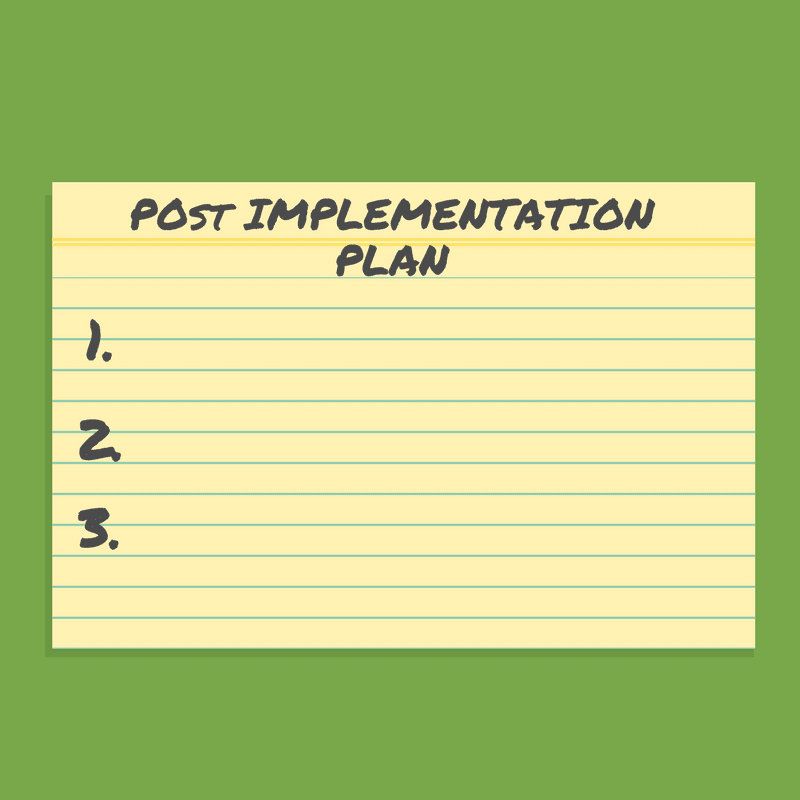
Resource Management BLOG | April 19, 2017
10 Challenges to Managing Change

10 Challenges to Managing Change
By: Shannon Corgan, Director of Marketing
We’ve been discussing the reasons why employees are resistant to change and how to overcome them in our recent blogs about The Top Reason Employee Resist Change, 3 Reasons Employees Fight Change and 3 Ways Executives Sabotage Change.
When you’re making any technology change, rarely does the technology fail you. Problems happen when you don’t have the right people and the right processes in place to mange the change.
Here are the 10 Most Common Challenges to Managing Change you’ll want to avoid when you’re implementing an employee time tracking solution or any technology solution:

1. Lack of Executive Support
Without executive support during all stages of the implementation, it is difficult for change to be adopted whether you’re implementing an employee time tracking solution or any company-wide software. Executives also make the mistake of not communicating the common goal and making it relevant to all employees. Executives also tend to lead the change with the project team and expect the project team to lead the change with the end users. This approach doesn’t work well. To learn more, read our blog about the 3 Ways Executives Sabotage Change.

2. Lack of Teamwork or No Project Team
If you lack a cross-functional team from all of the relevant departments when implementing an employee time tracking solution, you are heading towards failure. Teamwork is critical. If you don’t have a strong project team to drive the project goals and deadlines, the project may never come to fruition. You have to make sure you include all of the relevant departments in the planning stages, to proactively prevent any roadblocks you may encounter and roll out the project on time.

3. No Product Champion
Without a product champion from the payroll or accounting department that uses the solution as a core part of their job, the employee time tracking solution may never get implemented. The Product Champion gets everyone on board, organizes and internal resources. If one of your executives found an employee time tracking solution that he liked, but the payroll and or accounting department doesn’t like the software the executive selected, your implementation could be in trouble.

4. Missing A Systematic Plan
Poor prior planning nets poor results. How many times have we heard that? It couldn’t be truer when rolling out an employee time tracking solution. Implementation plans without a project vision, change readiness assessment, and a detailed strategic plan with aligned objectives, assigned resources, and timeline could easily fail.

5. Low Participation
If you don’t engage end users throughout the entire implementation and communicate how the new employee time tracking solution will benefit them, you’re climbing an uphill battle for user adoption. The more involved you have all of your employees and explain the unique benefit to each of your different employee groups (Hourly employees, Payroll and Accounting Team, and Supervisors), the more participation and higher user adoption rates you’ll get.

6. Poor Communication and Engagement
Poor communication and employee engagement will affect your company’s teamwork, effective planning and end user participation. If you don’t effectively communicate the relevant benefits in detail to all the different employee groups, your employees will fight the change. They will also be far less likely to use the new employee time tracking software. Here are Three Ways to Successfully Communicate Change with employee time tracking benefits for each of the different employee groups.

7. Missing Employee Feedback
The biggest mistake companies can make is not addressing user feedback immediately. If you don’t, user adoption is much more difficult. Make sure to gather feedback in multiple ways (email, in-person, surveys, and conference calls) to increase employee participation and user adoption.

8. Poor Training Plan
If you fail at training, your implementation fails. Most companies only offer one type of training for all employees and it’s only offered during the implementation. If employees have a different learning style than the type of training you offer, the change will not be easily accepted and you’ll be sitting on unused software. To overcome the resistance, offer training before, during and after the implementation and with different types of training. Create training that is self-paced, has step-by-step instructions, videos and offer in-person training.

9. No Incentives
If you don’t offer incentives, your employee participation and user adoption will suffer. Monetary incentives are critical to retaining key implementation staff, but you can always do fun contests and give certificates and awards to your end users without any costs to your company. Recognize employees that provide the best feedback or that are most compliant with logging their time.

10. No Post Implementation Activities
If your post implementation plans don’t include training, help desk support, end user documentation, newsletters about new software features, and mentoring by super-users, you’ll have a tough time getting competent end users. Most people only use 20% of their software functionality, so get the most from your solutions with thorough post implementation activities.
To get started with WorkMax TIME to simplify and automate employee time tracking from anywhere, on any device, anytime, View our Demo on Demand or Get Pricing.
If you liked this blog, you may also be interested in:

